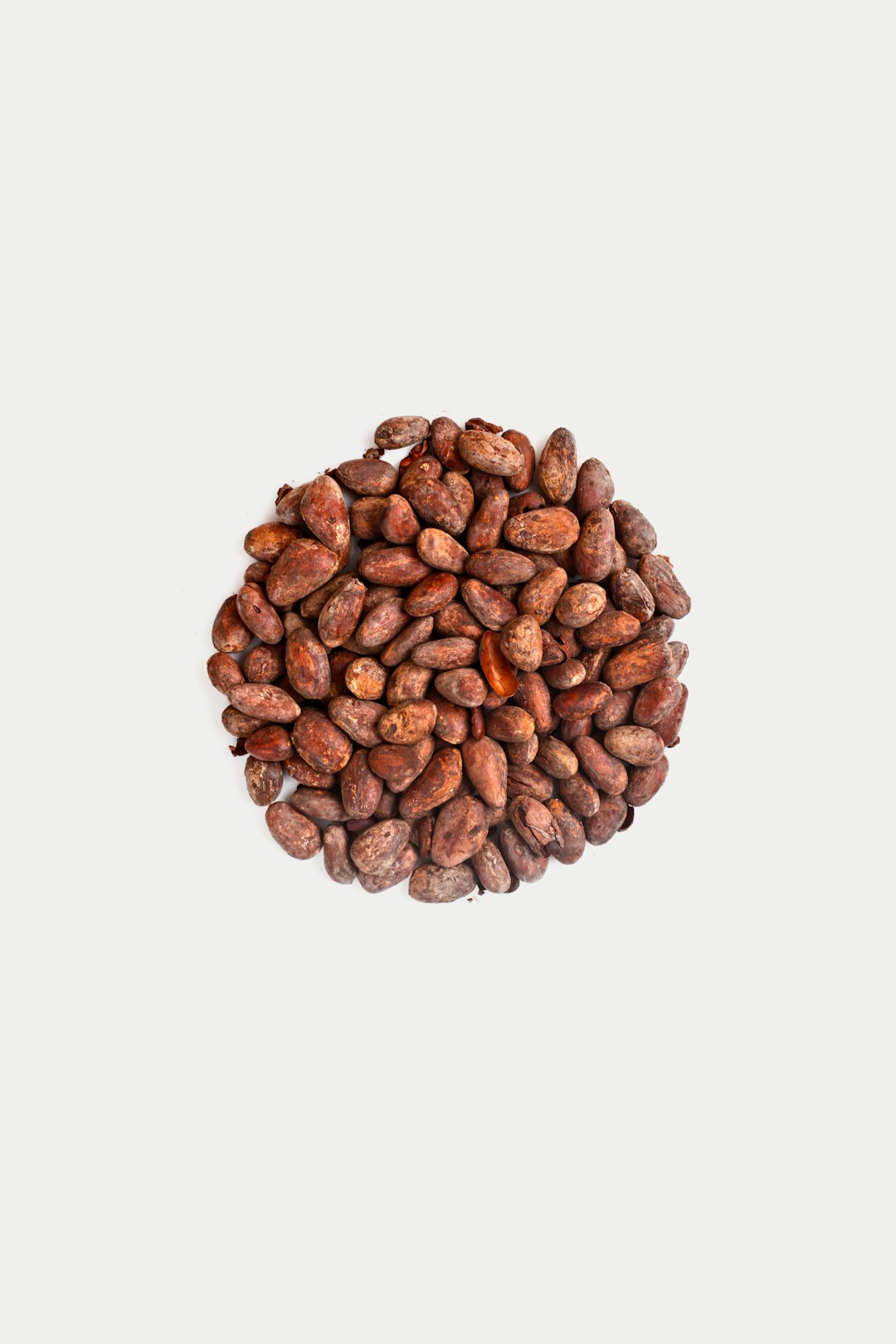 Photo from Unsplash
Photo from Unsplash
Originally Posted On: https://cropgpt.ai/ivory-coast-cocoa-production-overview/
Ivory Coast: Cocoa Production
Ivory Cost (Côte d’Ivoire ) is the the world’s largest cocoa producer, producing over 2 million tonnes a year – more than double is next nearest competitor. The area of land being used to grow cocoa has increased by 16x since 1960s (UN FAO) and the yield has increased by more than 50%. The industry provides millions of jobs and support the economy. However, the cocoa industry is facing major challenges. The4 yield has been decreasing for 20 years and in 2023/2024 there was an outbreak of CSSV, and the overall production dropped by over 20% (projections are 27% drop). The problems are not quick to fix – deforestation and climate change are a major part of this. Pests, like Mealybug, that causes damage to Cocoa directly and indirectly (through the transmission of viruses like CSSV) will not disappear over night – as they can be caused by deforestation
The Backbone of an Economy
Ivory Coast’s economy is heavily dependent on cocoa, with the crop engaging millions of smallholder farmers. Annually, the country produces approximately 2 million metric tons of cocoa, accounting for about 40% of the world’s supply. Key growing regions include San Pedro and Abidjan, but this massive production is not without its cost—environmentally and socially.
A Historical Perspective
The colonial roots of cocoa in Ivory Coast date back to the late 19th century, when French colonizers mandated the cultivation of cash crops, including cocoa. This legacy has left a deep imprint on the country, with cocoa becoming the cornerstone of its agricultural export economy. Over decades, as global chocolate demand soared, so did the expansion of cocoa farms across the nation, often at the expense of Ivory Coast’s lush rainforests.
Declining Yields and Rising Challenges
Despite increasing areas under cultivation, cocoa yields in Ivory Coast have been declining for 20 years. From a peak yield of 700 kg per hectare in 2000, the figure dropped to about 507 kg per hectare by 2022. This decline is attributed to a variety of factors, including aging trees, pests, diseases like the Cocoa Swollen Shoot Virus (CSSV), and the impacts of climate change, which include irregular rainfall patterns and rising temperatures. Deforestation has also played a major role in this, is happens for a variety of reasons. The EU Deforestation Regulations will reduce this in future.
Ivory Coast Coca Production: Key Data
Ivory Cost produces around 2 million tonnes a year. The yield has been declining for the past 20 years from a high in 2000 of around 700kg (0.7t) per hectare to around 500 kg/ hectare in 2022. This drop, of nearly 72% is caused by a variety of issues including climate change, deforestation, pests and disease, and political instability. All of these issues are interrelated – e.g reduced yield results in reduced production. This causes a demand for more area to planted, this achieved by deforestation – which then results in a sudden spike in yield (virgin soil has good yields) but then a rapid drop. Pests and disease increase with deforestation, resulting in further yield loss. Climate change, and unusual weather patterns are also linked to deforestation. Political instability only increases these negative effects.
In the 1960s the area of Cocoa was harvested was just 260,000 hectares, now its closer to 4.5 million hectares a 16 fold increase in area.
The yield for cocoa initially increased with farming practices. It was 320kg / ha in 1961, and increased to 700kg / ha in 2000. Since then there has been a steady decline in yield and in 2022 it was recorded at 507 kg/ha (from UN FAO)
In 2000 the production of Cocoa was 1.4 million tonnes, in 2022 is was 2.22 – this is an increase of 160%, however the area has also increased from 2 million hectares to 4.4 million hectares. I.e the area increased by more than double. This 2.4 million additional hectares of expansion is almost entirely due to an deforestation.
Recent Production Woes
The 2023-24 cocoa production season has been particularly grim. Unfavourable weather conditions and the spread of CSSV have led to a sharp 27.8% decline in cocoa shipments to ports compared to the previous year. Projections for the year suggest a further decline in production, potentially reaching an eight-year low. In response, the Ivorian government has increased farmgate prices by 50% for mid-crop beans, hoping to incentivize farmers to release their stocks into the market.
2024 Key Events
Official data stated that Ivory Coast farmers had shipped 1.3 million metric tons (MMT) of cocoa to ports between October 1 and April 7, marking a sharp decline of 27.8% from the same period last year. According to Ecom Agroindustrial’s projections, the 2023-24 cocoa production in Ivory Coast — which ends in September — will fall by 21.5% year-on-year to an 8-year low of 1.75 MMT. The Ivory Coast Cocoa regulator also anticipates a decline of 33% to 400,000 MT in the mid-crop, down from 600,000 MT last year.
Ivory Coast government increased farmgate prices — the price the farmers receive from the factories — by 50% for mid-crop beans. Ghana has undertaken a similar move, boosting farmgate prices for cocoa producers by 58% for the rest of the 2023-24 season. These price hikes are designed to lure farmers who may be currently hoarding cocoa to bring more beans to market, to try and mitigate the supply shortages.
Cocoa inventories held in U.S. ports fell to a three-year low of 4,054,349 bags on March 18 2024. The International Cocoa Organization (ICCO) predicts that the 2023-24 global cocoa deficit will increase to 374,000 MT from 74,000 MT in 2022-23. The 2023-24 cocoa production will fall by 11% year-on-year to 4.45 MMT, and cocoa grindings will decrease by nearly 5%, pushing the stock-to-grindings ratio to the lowest in over 40 years.
Global demand has been weakened by the soaring prices of cocoa. The National Confectioners Association announced on January 12 2024 North American cocoa processing in the last quarter dropped by 3.0% compared to the previous year, reaching 103,971 MT. Likewise, the Cocoa Association of Asia reported that Asian Q4 cocoa processing fell by 8.5% from the previous year, totalling 211,202 MT. The European Cocoa Association also stated that European Q4 cocoa processing decreased by 2.5% year-on-year, amounting to 350,739 MT.
To combat the falling production and stabilize the market, both Ivory Coast and neighboring Ghana have raised farmgate prices significantly. However, this has a dual effect. While potentially offering short-term relief to farmers, it also makes cocoa more expensive on the global market, potentially reducing international demand, as seen with drops in cocoa processing in major regions like North America, Asia, and Europe.
The Environmental and Social Toll
Rapid agricultural expansion, essential for economic growth, has led to significant deforestation. Nearly 2.4 million additional hectares—an area almost the size of Belgium—have been cleared in the past two decades, primarily for cocoa cultivation. This environmental cost has been compounded by the use of child labour and the exploitation of workers, issues that have repeatedly drawn international criticism and calls for reform.
Looking Forward: Sustainability and Diversification
Facing mounting challenges, the future of cocoa in Ivory Coast hinges on adopting sustainable and diversified agricultural practices. The international community, along with local governments and NGOs, is pushing for certifications like Fairtrade and Rainforest Alliance to promote better labor and environmental standards. Moreover, there is an increasing shift towards specialty and artisan chocolates, which could provide higher returns for farmers investing in quality and sustainability.
Competitor Countries
Other major producers of Cocoa, a fraction of the Ivory Coat are:
- Ghana Annual Production: Roughly 883,652 metric tons.
- Key Growing Regions: Cocoa is predominantly grown in the Ashanti, Brong-Ahafo, Central, Eastern, Western, and Volta Regions.
- Ghana is renowned for its quality cocoa. The government actively supports the industry through the Ghana Cocoa Board (Cocobod), which sets production standards and stabilizes prices.
- Indonesia: Annual Production: About 659,776 metric tons.
- Key Growing Regions: Main production areas include the islands of Sulawesi, Sumatra, and Java.
- Indonesia has become one of the top producers, though it has faced challenges such as aging trees, diseases, and a shift towards other profitable crops like palm oil.
- Ecuador: Annual Production: Approximately 287,476 metric tons.
- Key Growing Regions: The coastal provinces, particularly Los Ríos, and the Amazonian region.
- Ecuador is famous for producing “fine or flavour” cocoa, known for its high quality and unique flavor profiles. The country has a growing reputation in the international chocolate market.
- Cameroon: Annual Production: Roughly 275,000 metric tons.
- Key Growing Regions: Main cocoa cultivation areas include the central, southern, and eastern regions.
- Cameroon’s cocoa production has been increasing, but it faces challenges such as aging farms, poor farming practices, and limited governmental support.
- Nigeria: Annual Production: About 287,000 metric tons.
- Key Growing Regions: Cocoa is primarily grown in the southwestern states such as Ondo, Cross River, Osun, Akwa Ibom, and Ekiti.
- Nigeria was once the world’s second-largest producer. However, production has fluctuated due to factors like disease, aging trees, and inadequate investment in agriculture.
- Brazil: Annual Production: Approximately 256,186 metric tons.
- Key Growing Regions: Bahia and Pará are the main cocoa-producing states.
- Brazil’s cocoa sector is recovering from the Witch’s Broom disease outbreak in the 1990s. It is now focusing more on sustainable practices and quality over quantity.
- Peru: Annual Production: Around 71,175 metric tons.
- Key Growing Regions: Mainly grown in the regions of San Martín, Junín, and Cusco.
- Peru is emerging as a significant producer of organic and fine flavor cocoa, with a focus on sustainable and environmentally friendly farming practices.





